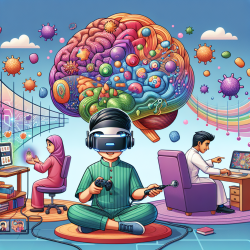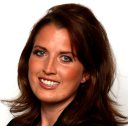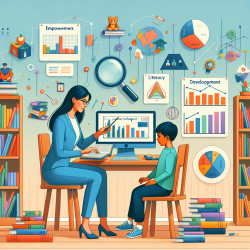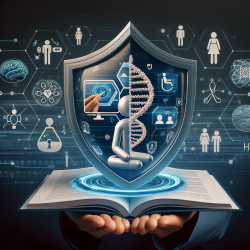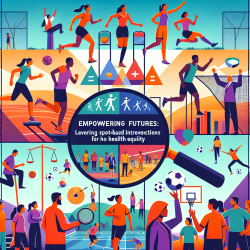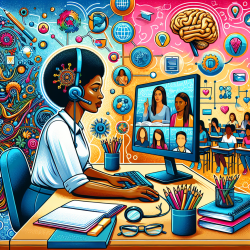Leveraging Multimedia Interventions to Enhance Skills in Neurodiverse Individuals
In the ever-evolving landscape of special education, practitioners are constantly seeking innovative methods to enhance their therapeutic approaches. The research article "Multimedia Interventions for Neurodiversity: Leveraging Insights from Developmental Cognitive Neuroscience to Build an Innovative Practice" offers a fresh perspective on utilizing multimedia technologies to address the diverse needs of neurodiverse individuals, particularly those on the autism spectrum.
Understanding the Research
This research emphasizes the importance of moving beyond traditional diagnostic labels and focusing on the specific neuropsychological processes that need nurturing. By leveraging insights from developmental cognitive neuroscience, practitioners can design interventions that are not only innovative but also tailored to the unique needs of each individual.
Implementing Multimedia Technologies
Multimedia technologies, including virtual reality (VR), offer unique possibilities to manipulate sensory, motor, interpersonal, and cognitive processes. These technologies can be used to create engaging interventions that stimulate low-level sensory processes and motor skills, which are foundational for developing higher cognitive functions.
- Immersive Virtual Reality (IVR): IVR can fully immerse users in simulations, providing multisensory stimulation that can enhance socio-communicative skills.
- Interactive Multimedia Environments: These environments offer sensorimotor stimulation and encourage communicative use of the body, fostering a sense of agency and curiosity.
Practical Applications
Practitioners can apply these insights by designing activities that stimulate the bodily self, a crucial component for building a coherent sense of self and interacting with the world. For instance, activities that gradually expose individuals to new body representations can reduce avoidance behaviors and promote exploration.
Encouraging Further Research
While the potential of multimedia interventions is promising, there is still much to explore. Practitioners are encouraged to delve deeper into understanding which technologies are most effective for specific functions and how these interventions can be optimized for individual needs.
Conclusion
By embracing the insights from this research, practitioners can enhance their skills and contribute to a more nuanced understanding of neurodiversity. This approach not only benefits individuals on the autism spectrum but also enriches the field of special education as a whole.
To read the original research paper, please follow this link: Multimedia Interventions for Neurodiversity: Leveraging Insights from Developmental Cognitive Neuroscience to Build an Innovative Practice.
